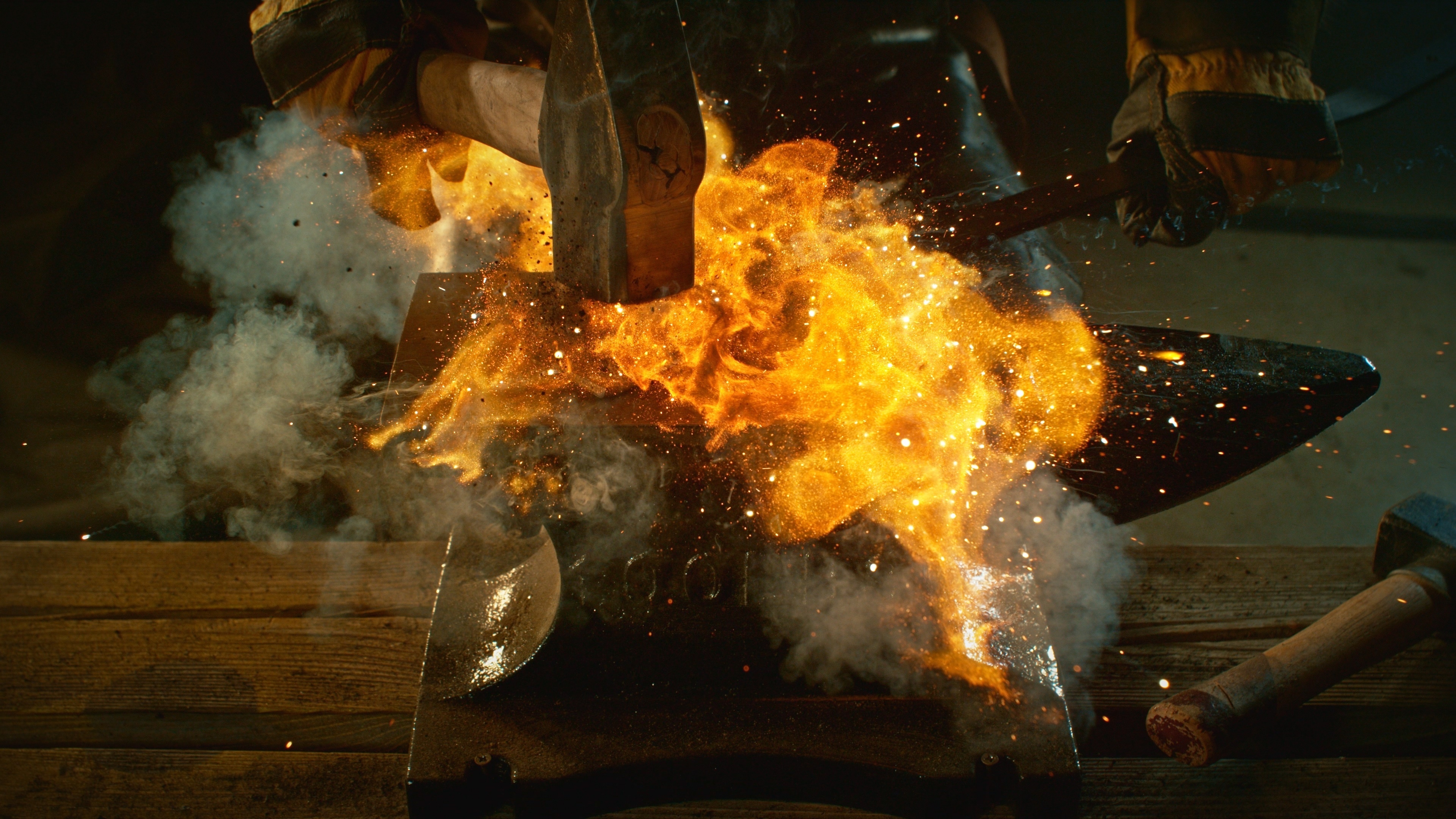.png)
The Enlarged Board of Appeal (EBA) at the EPO recently handed down the long-expected decision G 1/23 concerning the double “analysable and reproducible” requirement laid down in earlier decision G 1/92 for a product made available before the filing date to form part of the state of the art.
The referral arose from a case concerning a commercially available polymer that could not be exactly reproduced by the skilled person because its manufacturing method was not publicly disclosed. Technical documentation was also available that revealed certain details about the polymer. The proprietor argued that the whole product and related technical documentation must be ignored because the skilled person would not have been able to exactly reproduce the polymer before the filing date and so it was not an enabling disclosure.
After an in-depth analysis the EBA found the reproducibility requirement of G 1/92 to be absurd when reproducibility is defined in that decision as the skilled person making the product for themselves. According to the EBA, the absurdity arises because such a legal fiction would not only exclude products from the state of the art that would have otherwise been known to the skilled person, but more generally it would exclude all materials that can only be sourced from nature, and therefore everything in the world. The EBA now takes a different approach.
The core of decision G 1/23 is at paragraph 73 where it restates the first headnote of previous decision G 1/92, but now excluding the reproducibility requirement -
“The chemical composition of a product is state of the art when the product as such is available to the public and can be analysed by the skilled person, irrespective of whether or not particular reasons can be identified for analysing the composition.”
The EBA rationalises the removal of the reproducibility requirement by redefining reproducibility in G 1/92 to mean the skilled person simply obtaining or coming into possession of the product without taking any steps to make it from starting materials, e.g. by purchasing it. The EBA essentially reasons that if a product is made available to the public for analysis, then it follows that the skilled person would also be able to obtain it to fulfil the reproducibility requirement.
The EBA then takes this broad restatement of G 1/92 and applies it to answer the specific referred questions as follows -
“1. A product put on the market before the date of filing of a European patent application cannot be excluded from the state of the art within the meaning of Article 54(2) EPC for the sole reason that its composition or internal structure could not be analysed and reproduced by the skilled person before that date.
Technical information about such a product which was made available to the public before the filing date forms part of the state of the art within the meaning of Article 54(2) EPC, irrespective of whether the skilled person could analyse and reproduce the product and its composition or internal structure before that date.”
The subtle wording of these headnotes in the context of the main text is important to fully understand the meaning.
The EBA draws a distinction between a “product” as a whole and its “composition or internal structure”. A product includes, as mentioned at point 69 of the decision, “…properties that are known to exist without analysis, e.g. the standard physical properties of any material, even if their exact value may never have been published.”
For instance, the density of a product may be known without analysing its “composition or internal structure”. The first headnote therefore means that such properties of a product are not excluded from the state of the art just because the “composition or internal structure” could not be analysed and reproduced. In simple terms, anything that the skilled person would have known about the product is state of the art.
The EBA makes it clear throughout the main text of the decision that any non-analysable features of a product are still excluded from the state of the art. This means that if the “composition or internal structure” is not analysable then it is excluded from the state of the art, even if the product as a whole is not. The EBA also points out that the product or its features do not necessarily need to be taken into account equally under novelty and inventive step. There may be good reasons in some cases for the skilled person to disregard the product, as a whole or in part, under inventive step.
The second headnote holds that technical information related to the product also cannot be excluded solely because “the product and its composition or internal structure” could not have been analysed and reproduced. This raises the prospect of non-analysable features becoming part of the state of the art if they are published in technical information unmistakeably relating to the product. This would be a slight change in position from the EBA’s preliminary opinion where at point 31 they initially considered that non-analysable features are always excluded from the state of the art, seemingly without exception.
In summary, the removal of the reproducibility (enablement) requirement for a product means that, moving forward, more products will be found to form part of the state of the art at the EPO. This leaves the state of the art in a peculiar situation where all analysable features of a product can become state of the art without being publicly enabled to the skilled person, unlike in documentary and oral disclosures. The EBA seems to think it is enough that a product must have been enabled at least to the person who made it in a non-public setting, with the existence of the product inherently proving that it is enabled.
The take-home message is that it is more important than ever for patentees to ensure that they file before they make any public disclosures – especially where the disclosure is making a product available or publishing technical information about a product.
With a strong background in organic, biological and medicinal chemistry, Andrew works mostly on European Patent Office prosecution and opposition cases relating to the chemistry and materials sectors. Andrew has an MSci (Hons.) degree in medical and biological chemistry from the University of Nottingham, with his penultimate undergraduate year spent working with AstraZeneca in Sweden. He also has a PhD in organic chemistry from the University of Cambridge, where his research focused on C–H functionalisation and natural product synthesis.
Email: andrew.pitts@mewburn.com
Sign up to our newsletter: Forward - news, insights and features
Our people
Our IP specialists work at all stage of the IP life cycle and provide strategic advice about patent, trade mark and registered designs, as well as any IP-related disputes and legal and commercial requirements.
Our peopleContact Us
We have an easily-accessible office in central London, as well as a number of regional offices throughout the UK and an office in Munich, Germany. We’d love to hear from you, so please get in touch.
Get in touch

